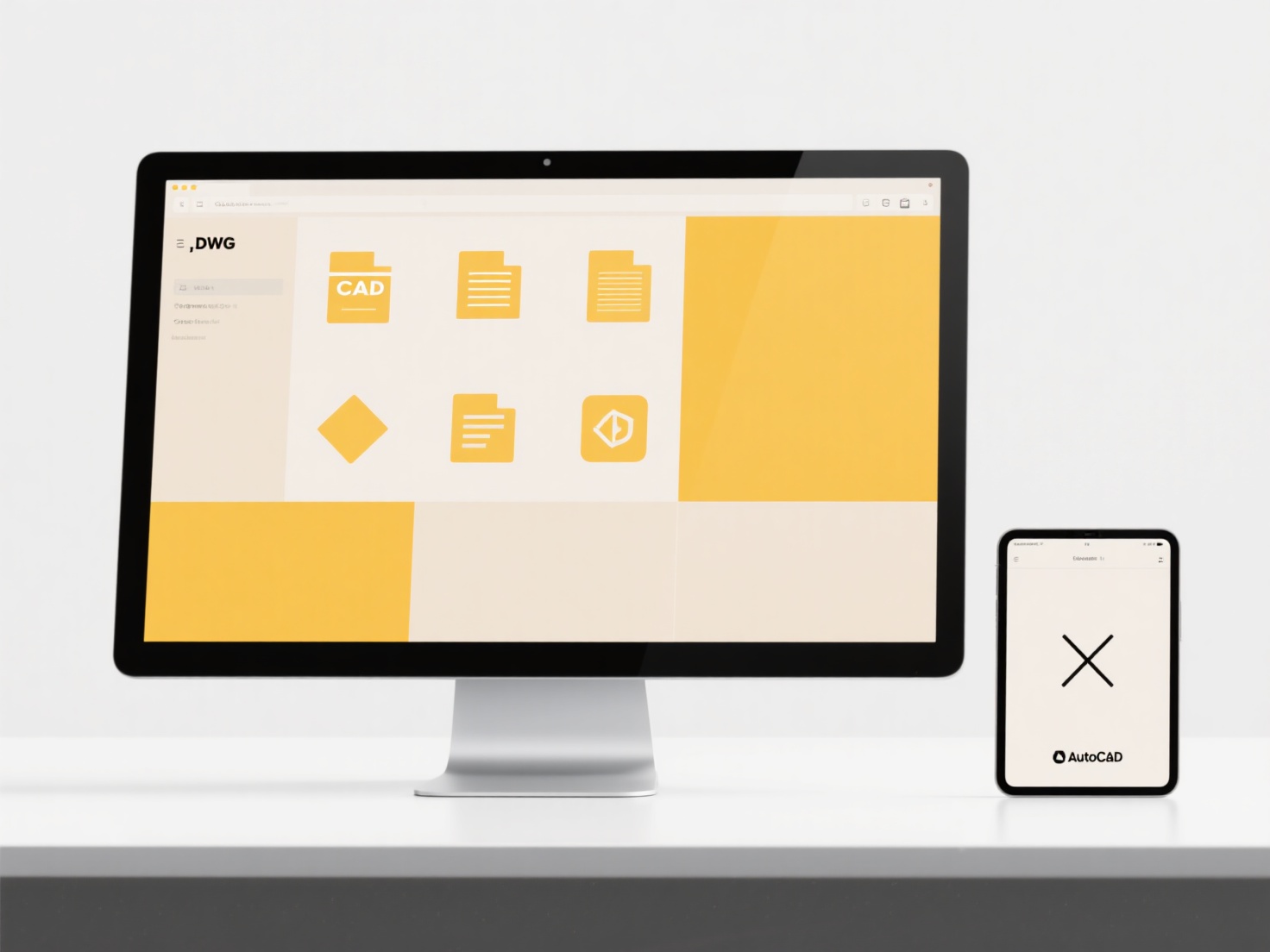
Auto-renaming rules refer to preconfigured conditions that automatically modify file names when specific triggers occur, such as a file being placed into a particular folder or identified as a specific content type (e.g., an image, PDF, or video). This differs from manual renaming as it applies consistent, predefined patterns dynamically whenever the triggering condition is met, saving significant manual effort. Rules might insert folder names, add date stamps, apply sequential numbering, or append labels based on the file's detected format.
Practical implementations exist in both specialized tools and built-in platform features. For example, macOS users leverage tools like Hazel to rename images placed in a "Vacation Photos" folder with a prefix like "Holiday_2024_". Content type rules are common in digital asset management systems and document processing workflows; a system might rename all PDF invoices added to a "To Process" directory, incorporating the vendor name and invoice date extracted from the document's content itself via OCR or metadata.

The primary advantages are substantial time savings and enforced naming consistency, crucial for organization and retrieval. However, limitations include the complexity of setting reliable rules, potential errors if rules conflict or misidentify content, and the need for initial setup time. Ethically, naming conventions should avoid embedding sensitive data (like PII) unnecessarily. Future developments likely involve smarter AI-driven suggestions for naming rules and tighter integration into operating systems and cloud platforms, further simplifying adoption.
Can I set up rules to auto-rename based on folder or content type?
Auto-renaming rules refer to preconfigured conditions that automatically modify file names when specific triggers occur, such as a file being placed into a particular folder or identified as a specific content type (e.g., an image, PDF, or video). This differs from manual renaming as it applies consistent, predefined patterns dynamically whenever the triggering condition is met, saving significant manual effort. Rules might insert folder names, add date stamps, apply sequential numbering, or append labels based on the file's detected format.
Practical implementations exist in both specialized tools and built-in platform features. For example, macOS users leverage tools like Hazel to rename images placed in a "Vacation Photos" folder with a prefix like "Holiday_2024_". Content type rules are common in digital asset management systems and document processing workflows; a system might rename all PDF invoices added to a "To Process" directory, incorporating the vendor name and invoice date extracted from the document's content itself via OCR or metadata.

The primary advantages are substantial time savings and enforced naming consistency, crucial for organization and retrieval. However, limitations include the complexity of setting reliable rules, potential errors if rules conflict or misidentify content, and the need for initial setup time. Ethically, naming conventions should avoid embedding sensitive data (like PII) unnecessarily. Future developments likely involve smarter AI-driven suggestions for naming rules and tighter integration into operating systems and cloud platforms, further simplifying adoption.
Quick Article Links
How do I manage audio or video production files?
Managing audio or video production files involves organizing, storing, securing, and tracking media assets throughout th...
Why can’t I open .docx files in Google Docs?
DOCX is Microsoft Word's native file format designed for offline processing with features that may not directly translat...
Can I rename files with Apple Shortcuts?
Yes, you can rename files using Apple Shortcuts. This automation feature relies on specific actions within the Shortcuts...